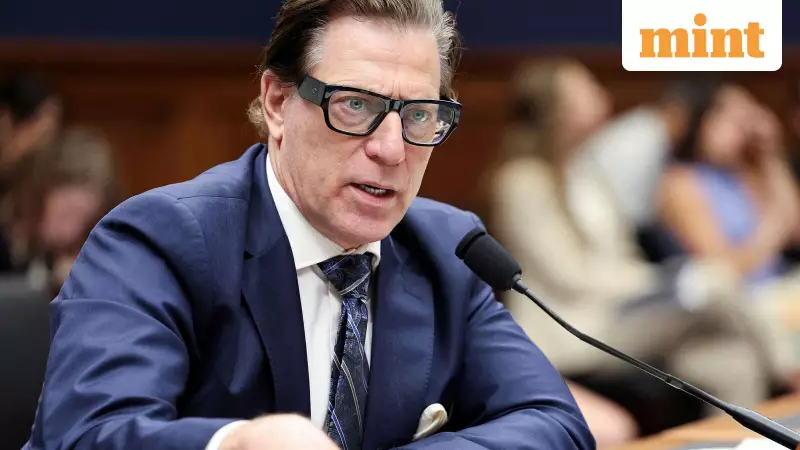
David Richardson, the acting head of the Federal Emergency Management Agency (FEMA), stepped down from his position on Monday, November 17, after serving just six months in the role. This development marks the second major leadership change at the crucial disaster management agency under the Trump administration in recent months.
Controversial Tenure and Texas Flood Response
Richardson's brief tenure faced significant criticism, particularly concerning his handling of the catastrophic July 4th floods in Texas Hill Country. The devastating floods claimed more than 130 lives, and Richardson's response drew widespread condemnation from both former FEMA officials and current staff members.
One of the primary points of contention was Richardson's delayed visit to the disaster zone, which occurred more than a week after the floods had devastated the region. His low public profile during the crisis further fueled criticism from disaster management experts and affected communities.
Early in his tenure, Richardson made controversial statements that raised concerns within the agency. He reportedly told staff he would "run right over" anyone resisting changes and insisted that all decisions must go through him directly. These comments created internal friction and questions about his leadership style.
In a particularly alarming revelation, Richardson reportedly told staff in June that he was unaware the United States had a hurricane season, raising serious questions about his preparedness for leading the nation's primary disaster response agency.
Staff Reductions and Internal Turmoil
Richardson's departure follows that of his predecessor, Cameron Hamilton, who was ousted in May after resisting Trump administration efforts to dismantle FEMA. Since January, the agency has undergone significant staff reductions, losing approximately 2,500 employees through various means including buyouts, firings, and other incentives.
The staff cuts prompted strong internal opposition. In August, nearly 200 current and former FEMA staffers signed an open letter criticizing the Trump administration's reductions to disaster-related funding and staffing. The letter warned that these moves compromised national preparedness and emergency response capabilities.
FEMA's response to the staff protest was swift and severe. The agency placed all signatories on administrative leave and launched an internal investigation into the matter.
Leadership Transition and Future Challenges
The Department of Homeland Security has confirmed that FEMA Chief of Staff Karen Evans will step in to lead the agency following Richardson's departure. This transition occurs as the Atlantic hurricane season, which runs from June 1 to November 30, continues without any major landfall storms this year.
The Trump administration has expressed a clear desire to significantly reduce FEMA's size, arguing that many disaster response functions can be handled by state governments. Homeland Security Secretary Kristi Noem has largely served as the public face of the administration's disaster response efforts.
Richardson brought a diverse background to the position, having served as a former Marine Corps officer and assistant secretary at the Department of Homeland Security's Countering Weapons of Mass Destruction Office before his controversial six-month stint leading FEMA.





